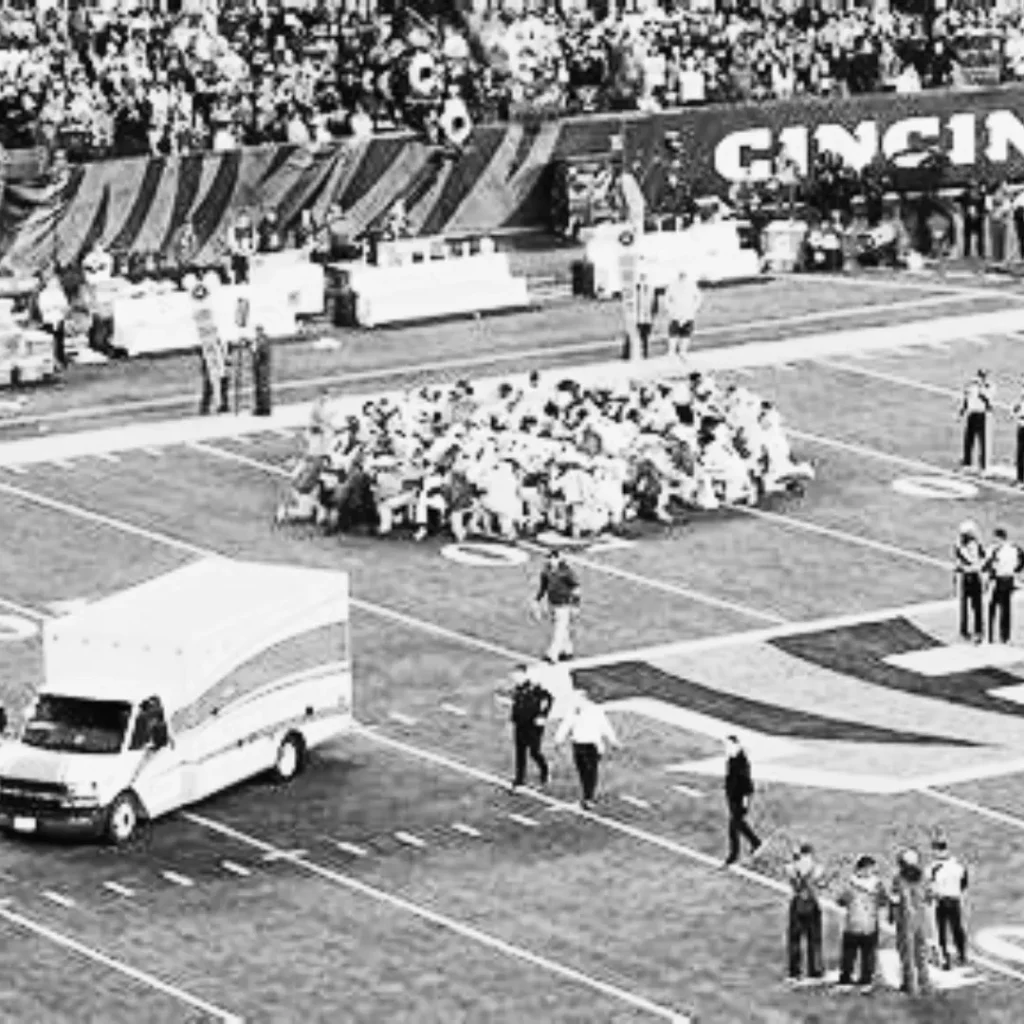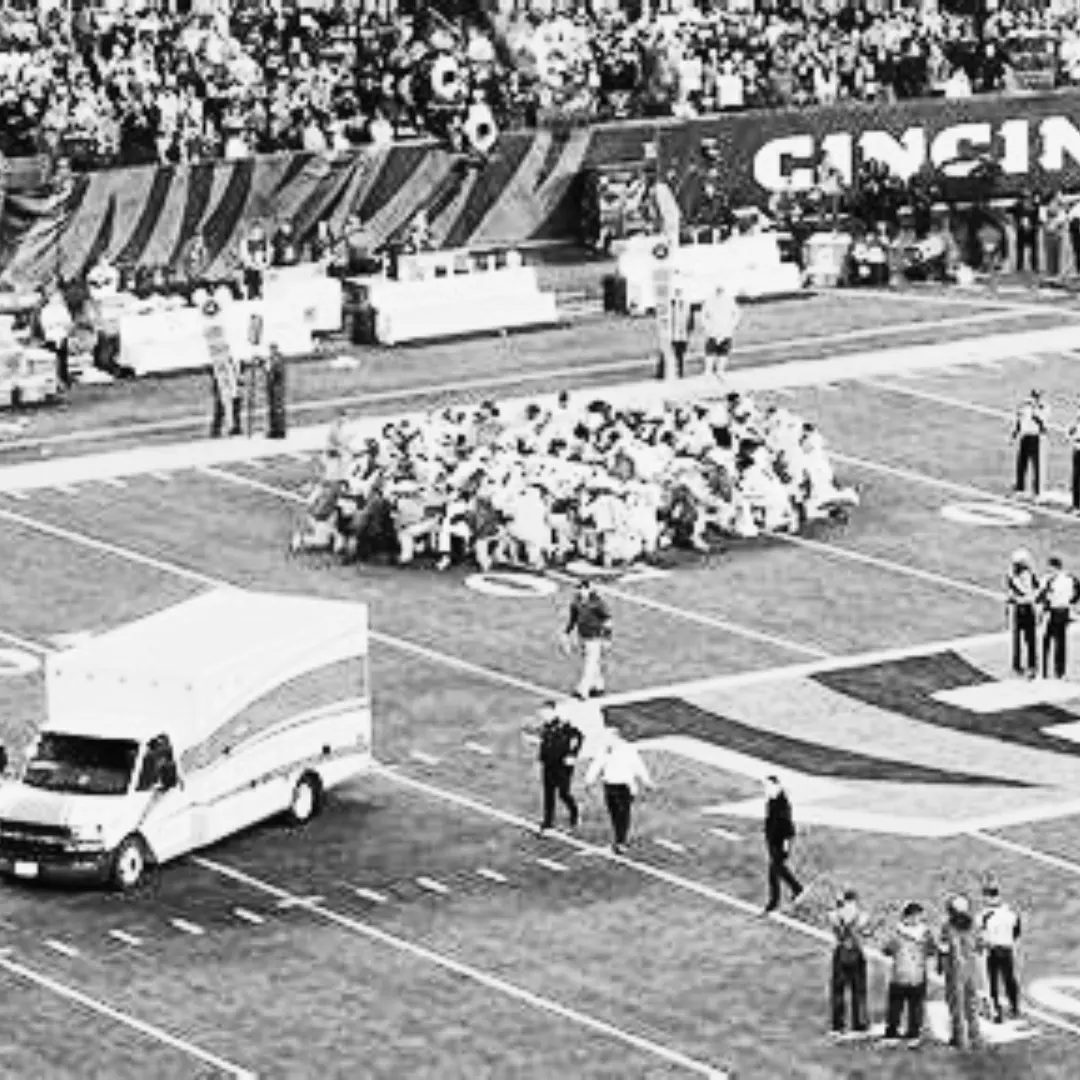The world watched with bated breath when Damar Hamlin collapsed during the pivotal Buffalo Bills vs. Cincinnati Bengals NFL game on Jan. 2. Emergency medical personnel from the University of Cincinnati saved Hamlin’s life with immediate CPR and defibrillation. The hospital discharged him less than two weeks after his cardiac arrest, and he continued to recover well at home. But often, the outcome after CPR isn’t as lucky.

It’s commonly believed that you perform CPR to get the heart to start beating again. But this is not true — CPR manually pumps the heart to circulate blood, and therefore oxygen, throughout the body and to the brain. Brain damage will occur after just four minutes without oxygen, meaning that even if you can resuscitate the person, they may never regain consciousness. Once emergency medical personnel are on scene, they can administer medications that can restart the heart.
If you see someone collapse and they don’t have a pulse, you can start CPR even if you aren’t certified. Use two hands on top of each other to press down in the center of the person’s chest at a rate of 100-120 beats per minute. That’s pretty hard to count, so the easiest way to keep track is to do it to the beat of the disco classic “Staying Alive” by the Bee Gees. Make sure you let their chest recoil between each compression. You might feel like you’re breaking bones — this is normal and you should not stop. Continue compressions until someone else can take over or emergency medical services arrive.

Even though you can perform CPR without any training, it’s absolutely worth it to obtain your certification. Anyone can become CPR certified. It’s simple and can legitimately save someone’s life in an emergency. CPR classes also teach you how to use an automated external defibrillator (AED) and how to perform rescue breaths. You can obtain CPR certification through the Red Cross and the American Heart Association. Look at your local fire department, police station, hospital, or community center to see if they offer CPR classes. Typically, the cost of being certified is less than $50. Sometimes you may even be able to do so for free.
CPR saved Damar Hamlin’s life, and it could very well save the life of one of your loved ones. Although you can perform CPR without any certification, getting certified is something you should do so you can learn proper technique, as well as using an AED. Look for a class in your community so that you can have the skills and confidence to react in a medical emergency.


